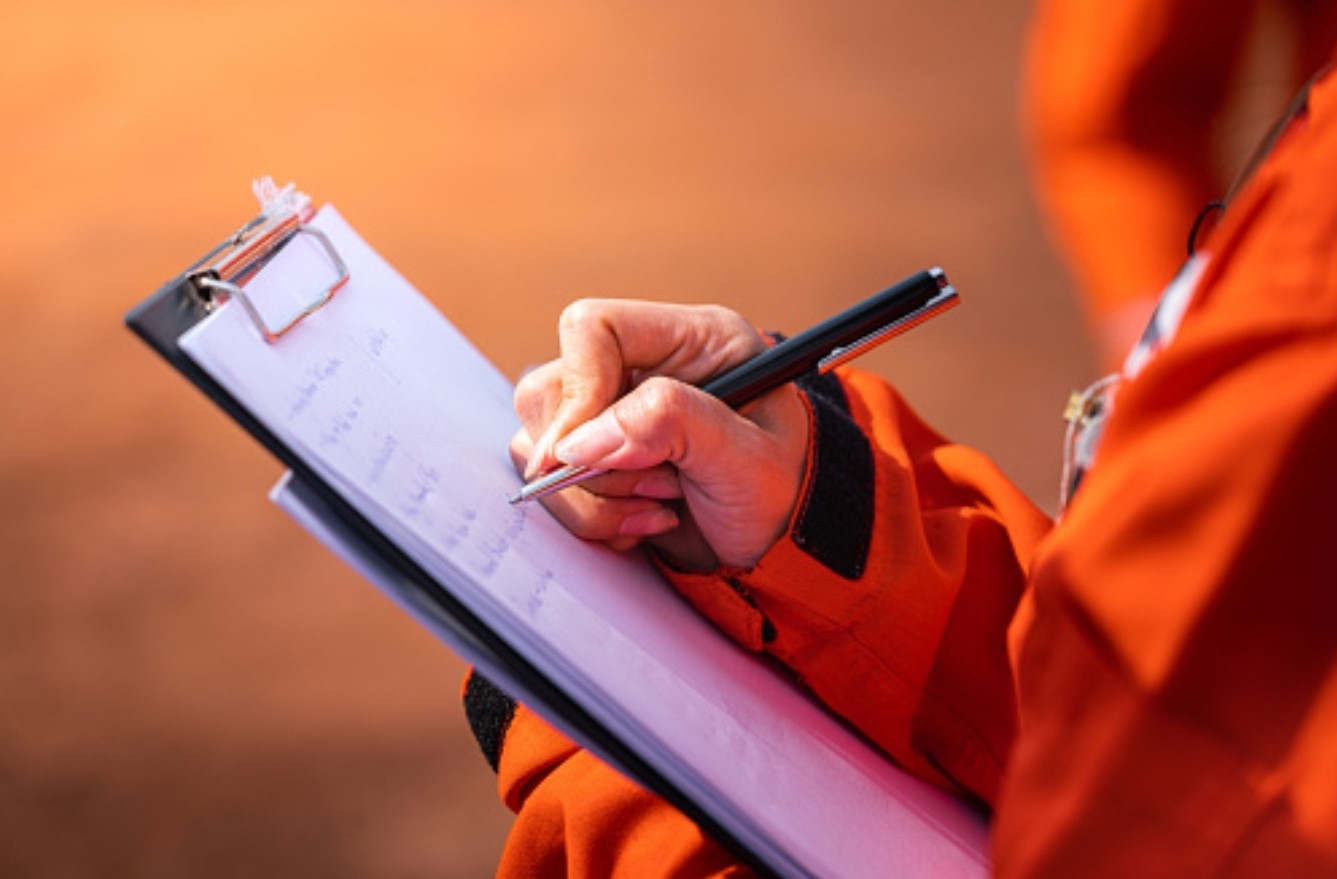Types of Inspection

A port State control visit on board a ship will normally start with, as a minimum and to the extent applicable, with an examination of the documents in accordance with Annex 10 of the Paris MOU Memorandum.
In addition, the PSC Officer (PSCO) conducts a general inspection of several areas on board to verify that the overall condition of the ship complies with that required by the various Conventions.
Furthermore, control on compliance with on board operational requirements may be included during an inspection, particularly if the PSCO has reason to believe that the crew demonstrates insufficient proficiency in that area.
Reporting
If no deficiencies are found during the inspection, the PSCO will issue a ‘clean’ inspection report (Form A) to the master of the ship.
In case deficiencies have been identified, the inspection report will include deficiencies found (Form B). The report indicates any follow-up actions to be taken to rectify the recorded deficiencies; including the relevant Convention reference. Next, the particulars of the ship and the inspection results will be recorded in the database. The PSC Officer will issue an inspection report (Form A and B) to the master of the ship.
The following types of inspection can be carried out:
- Initial inspection
- More detailed inspection
- Expanded inspection
Initial inspection
- Check the certificates and documents listed in Annex 10 of the MoU text;
- Check that the overall condition and hygiene of the ship – including navigation bridge, accommodation and galley, decks including forecastle, cargo holds/area and engine room – meets generally accepted international rules and standards;
- Verify, if it has not previously been done, whether any deficiencies found by an Authority at a previous inspection have been rectified in accordance with the time specified in the inspection report.
More detailed inspection
A more detailed inspection will be carried out whenever there are clear grounds for believing, during an inspection, that the condition of the ship or of its equipment or crew does not substantially meet the relevant requirements of a relevant instrument. Clear grounds exist when a Port State Control Officer finds evidence, which in his/her professional judgement warrants a more detailed inspection of the ship, its equipment or its crew. The absence of valid certificates or documents is considered a clear ground. Other examples of clear grounds can be found in Annex 9, paragraph 6 of the MoU text.
A more detailed inspection will also be carried out on ships flying a flag that has not yet ratified all of the Relevant Instruments of the Paris MoU.
A more detailed inspection will include an in-depth examination in:
- the area(s) where clear grounds were established
- the areas relevant to any overriding or unexpected factors
- other areas at random
The more detailed inspection will take account of the human elements covered by ILO, ISM and STCW and include operational controls as appropriate.
Expanded inspection
High Risk Ships (HRS) and ships of a risk type (chemical tanker, gas carrier, oil tanker, NLS tanker, bulk carrier and passenger ship) and more than 12 years old are eligible for an expanded inspection.
An expanded inspection shall include a check of the overall condition, including the human element where relevant. And, subject to their practical feasibility or any constraints relating to the safety of persons, the ship or the port, verification of the specific items in the risk areas for each ship type must be part of an expanded inspection.
The PSCO must use professional judgement to determine the appropriate depth of examination or testing of each specific item.
The PSCO must be aware that the safe execution of certain on-board operations, e.g. cargo handling, could be jeopardised by tests carried out during such operation.
The expanded inspection will take account of the human elements covered by ILO, ISM and STCW and include operational controls as appropriate.
